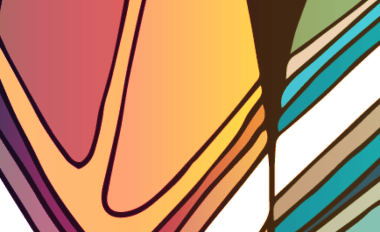The guiding principles
Wherever possible Aboriginal Ancestral Remains should be allowed to remain undisturbed where they were laid to rest.
Where Aboriginal Ancestral Remains have been disturbed or removed from country, wherever possible and appropriate, they should be returned to the relevant Traditional Owners and country.
What are Aboriginal Ancestral Remains?
The Aboriginal Heritage Act 2006 provides legislative protection for Aboriginal Ancestral Remains. Aboriginal Ancestral Remains are the bodily remains of an Aboriginal person from the past, often referred to as Ancestral Remains or Ancestors.
This does not include recently deceased Aboriginal people, such as those buried in modern cemeteries, or other modern human tissue being lawfully held.
What happens on discovery of Aboriginal human remains?
If any suspected human remains are discovered, they must be reported to the State Coroner's Office immediately.
This can be done by contacting the Coronial Admissions and Enquiries (CA&E) immediately on 1300 309 519. A forensic anthropologist will assess the report of human remains and determine whether:
- the Victoria Police must be contacted (if human remains are determined to be non-Aboriginal), or
- the Victorian Aboriginal Heritage Council (VAHC) must be contacted through their Ancestral Remains Unit (ARU) (if the human remains are believed to Aboriginal)
The Ancestral Remains Unit can be contacted directly on 0437 956 520, or by email at ancestral.remains.unit@dpc.vic.gov.au
If there are reasonable grounds to believe that the human remains are Ancestral Remains, the VAHC, through their ARU must also be contacted immediately and the ARU member will contact the CA&E.
If you are calling CA&E or the ARU and believe you are reporting Ancestral Remains, you should try and provide as much information as possible about the context of where the Ancestral Remains are located.
For example:
- Are they in someone’s house and part of an old collection?
- Are they possibly in their original burial place?
- Are there any other associated Aboriginal objects?
- Are you in an area of known burial grounds?
This information will assist CA&E or the ARU member to advise you what to do next. If possible, a close up and in focus photograph of the exposed bone may help in identification.
In cases where you believe that the Ancestral Remains are likely to be from a traditional Aboriginal burial, a member of the ARU will attend the scene as soon as possible. The speed of response will depend on the location. In regional areas the ARU may request the assistance of a regional AV officer to attend.
Staff of the ARU have some specialist training in identifying human remains and specifically Ancestral Remains, and often work to assist the Coroner in making a formal identification. In all cases the final decision on formal identification is the legal responsibility of the Coroner.
These investigations are kept confidential, out of respect for the Traditional Owners, and for the protection of these Ancestral Remains.
How long does an investigation take?
An investigation can often be completed quickly if the burial is undisturbed. If high quality and clear photographs are able to be sent through to the appropriate staff at the Coroner’s Office, a formal determination can often be finalised within hours.
Staff work closely with the Coroner's Office and Traditional Owners to ensure that Aboriginal Ancestral remains do not need to be disturbed any more than necessary and can remain in their original burial location wherever possible.
Is it unlawful to keep Aboriginal human remains?
Yes. It is an offence for a person who is non-Aboriginal, or who is not the rightful owner of Ancestral Remains, to have Ancestral Remains in their possession.
The underlying principle of the Act is that Ancestral Remains should be owned by and returned to Traditional Owners of the area from which they are believed to have originated.
Are many finds like this happening across Victoria?
On average, the VAHC receives a report about once every week of a new discovery of Aboriginal Ancestral Remains.
In addition to this, the ARU works with Traditional Owners across the state to protect known burial sites that sometimes contain many thousands of traditional Aboriginal burials.
Updated

